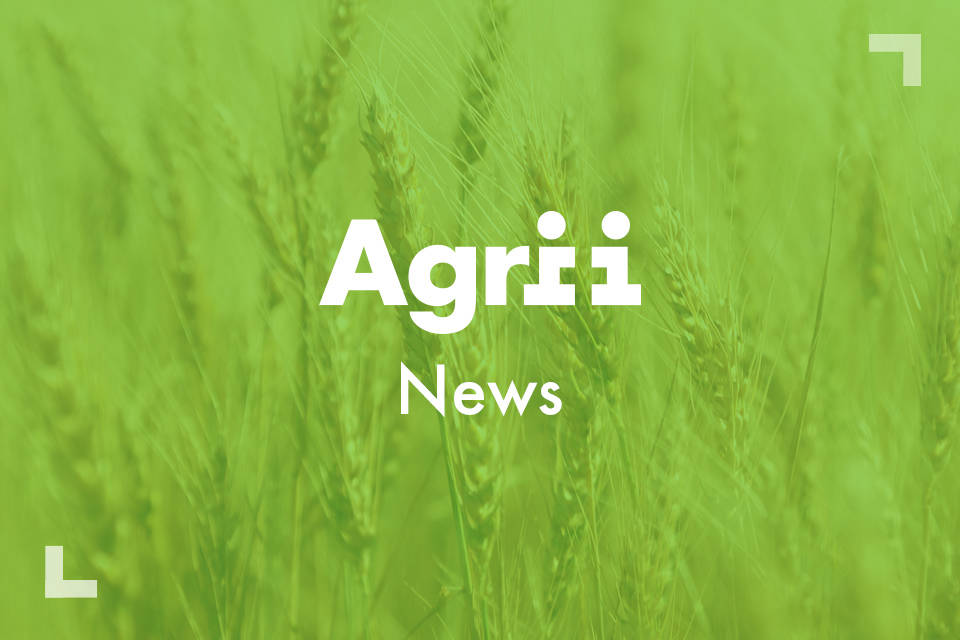
In-crop nutrient sensors nearing commercial reality
News - 24.05.23
Real-time data on nutrient availability has the potential to transform the nutrient use efficiency of arable agriculture and horticultural systems
From automated steering and individual nozzle control systems to satellite images and soil conductivity maps, the introduction of new technologies has helped farmers to embrace the “produce more with less” mantra. But for all the progress of recent decades, fertiliser calculations remain largely based on predicted demand. In-crop nutrient sensors that relay data on actual availability in real-time have the potential to change this approach by allowing growers to apply only what is needed to make up the available shortfall.
“For more than a decade, Agrii has been involved in pioneering trials that seek to deliver this ambition,” Nick Winmill, Agrii head of potato R&D, says.
“For the first time, growers will have precise data on what is available to the crop before deciding how much fertiliser is to be applied. Our work, and that of our partners, has so far focussed exclusively on nitrogen, but others are looking at different nutrients. Seen in the round, these systems will not only drive improvements in resource use efficiency but help farmers demonstrate compliance with regulatory requirements too.”
Notwithstanding the delays caused by Covid and difficulties in sourcing suitable semiconductors, each season has delivered progress. Agrii has been careful too to select suitable partners. From primary researchers at the John Innes Centre at Norwich and its commercial spin-offs to a Netherlands-based business that has a depth of experience with in-field monitoring systems.
Part of the work involves sensors in a range of crops and soil types and in different locations with data captured at 20, 40 and 60 centimetres below the surface. From this Mr Winmill and his colleagues hope to use the data to more accurately match demand to application.
“One outcome may be that we can confidently move on from applying nitrogen fertiliser in two or three splits to a single application early in the season with the remainder supplied through foliar applications at more defined timings,” he says.
Being able to collect data so easily and in real time presents other questions. First, how often should it be collected, hourly, twice-a-day, once-a-day? Should it be in the morning, afternoon at night? Before a rain or irrigation event or after?
“We have some serious questions to answer but we could quickly overwhelm ourselves with data, so caution needs to be exercised when interpreting it. Understanding the context of the situation will be fundamental to making sense of it,” Mr Winmill says.
Join Our Community

Agrii X
We love engaging with clients and partners. Give us a follow and let's share stories for the community.

Agrii Instagram
A picture paints a thousand words. Follow us on Instagram to see what we are up to.

Agrii Facebook
Follow us on the worlds biggest social media site for the latest news and events straight to your feed.

Agrii LinkedIn
If you are all about the business, connect with us on LinkedIn to build your network
Stay In Touch

Newsletter Sign-Up
Receive email updates on topical news and information from around Agrii and UK Farming.

Listen To Our Podcasts
Listen to the Tramlines Podcast. Fortnightly chat about agriculture and trials with your host Tony Smith.

Agrii Insights
Read essential agri intelligence for profitable farming.

Find an Event
Join us for our upcoming events and tours.



